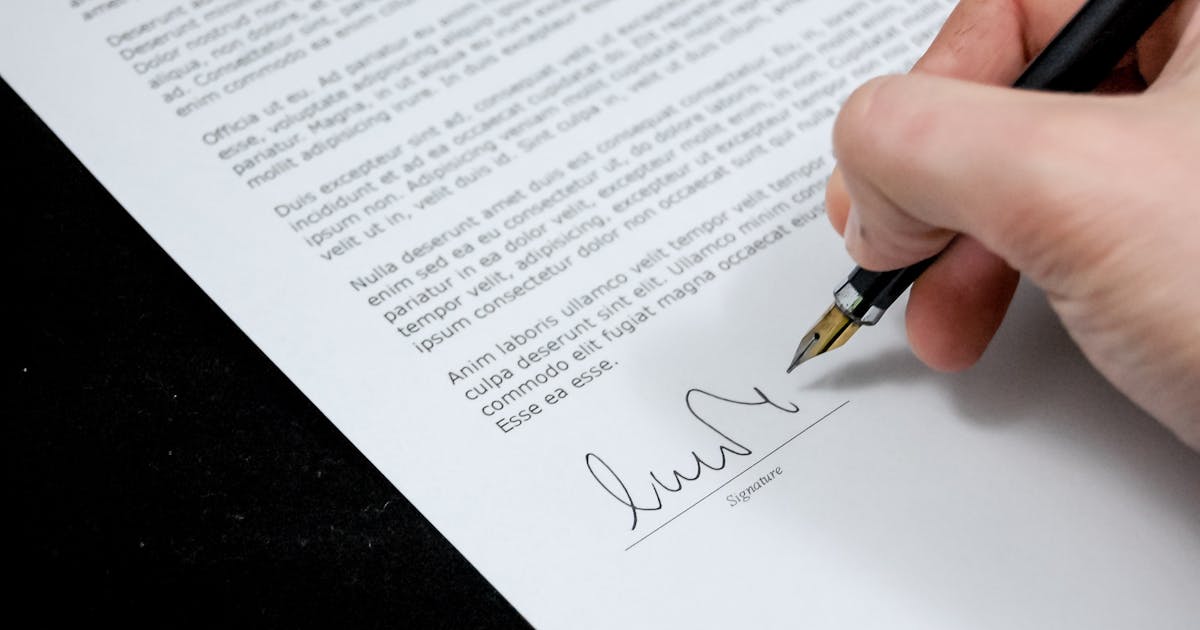How do I prepare a letter of recommendation for a former employee?
Having to write a letter of recommendation for a former employee is a great classic in the corporate world for managers. If you haven’t received this order yet, you can be sure that this day will come. However, if you are here today, it is probably because a professional asked you for this help, right?
Maybe he needs the document to apply for a vacancy abroad, or he needs to prove professional experience to get into a new job. Perhaps some company requested references in the selection process, or this is a standard cordiality from the company to everyone who says goodbye to it.
Regardless of the reason, letters of recommendation are extremely important. So, feel privileged to have been chosen for this task. After all, your words could have a huge impact on the professional future of the person in question.
But what are these letters, really? And how can you write them?
What is the document?
The letter of recommendation is nothing more than a document to reinforce the competence of a former employee. It is used to obtain new jobs or places in academic programs, through the word of a professional who has worked with the person in question previously.
Therefore, experience in the work environment makes you able to describe that professional according to their skills. This way, he will have one more input to prove that he is the best candidate for the position he is competing for, with experiences that prove his skills and potential.
And is there a formula for doing this?
Letter of recommendation for a former employee: how to do it?
You can find a sample reference letter for a former employee. However, by following a few simple steps, you can create your own personalized document, with much more authenticity and credibility.
1 – Make a list with basic and relevant information
To start with, make a rundown of all the data you want to remember for your letter. This means writing down the professional’s full name, qualifications, skills, highlights and achievements. This way, you don’t run the risk of leaving important data out of the text.
2 – Start with the basic structure of a letter
Then start writing in the structure of a letter. In other words, start with a greeting, such as “dear”, include city information and follow the instructions given by the professional, who can provide guidance in accordance with the objectives of the letter of recommendation.
3 – Introduce yourself and explain your relationship with the professional in question
Now, quickly introduce yourself, including your name, profession and current job, and also how you have had a professional relationship with the person in question. It is worth explaining the level of hierarchy between you, the years in which the interactions took place, what your position was and also the position of the other professional.
This way, you contextualize the recommendation, making the reader aware of the scenario in which you met and lived with whom he will evaluate and, who knows, hire.
4 – Talk about the highlights in a dynamic and interconnected way
The time has come to actually talk about the professional’s greatest highlights. To do this, highlight both hard skills and soft skills , relating the skills to the role performed at the time, what was developed during the experience you shared, and the achievements you witnessed.
It is worth giving concrete examples, to make the text more tangible, and also talking about the person’s general values and qualities. This will add a tone of humanity to the text, which is essential to build an even more complete and complex profile.
5 – Reinforce how competent the professional is
As much as the letter should be professional, it does not need to be impersonal. So, if you have a special affection for the person, don’t be afraid to make this clear, always reinforcing the competence and benefits of working with a collaborator like him.
6 – Add your contacts and make yourself available
When finalizing the text, don’t forget to make yourself available. The reader may have questions and want to resolve them with you, so it is worth including your contact details, such as email address and telephone number, to facilitate future contact.
7 – Finish the letter in the classic way
To complete the text, recollect the exemplary design of a letter and add a goodbye. A few choices are “genuinely”, “benevolent”, “deferentially” and “best respects”.
At long last, sign the letter and edit it to guarantee that all things on the rundown are incorporated, and that no linguistic or spelling blunders have slipped through the cracks.
